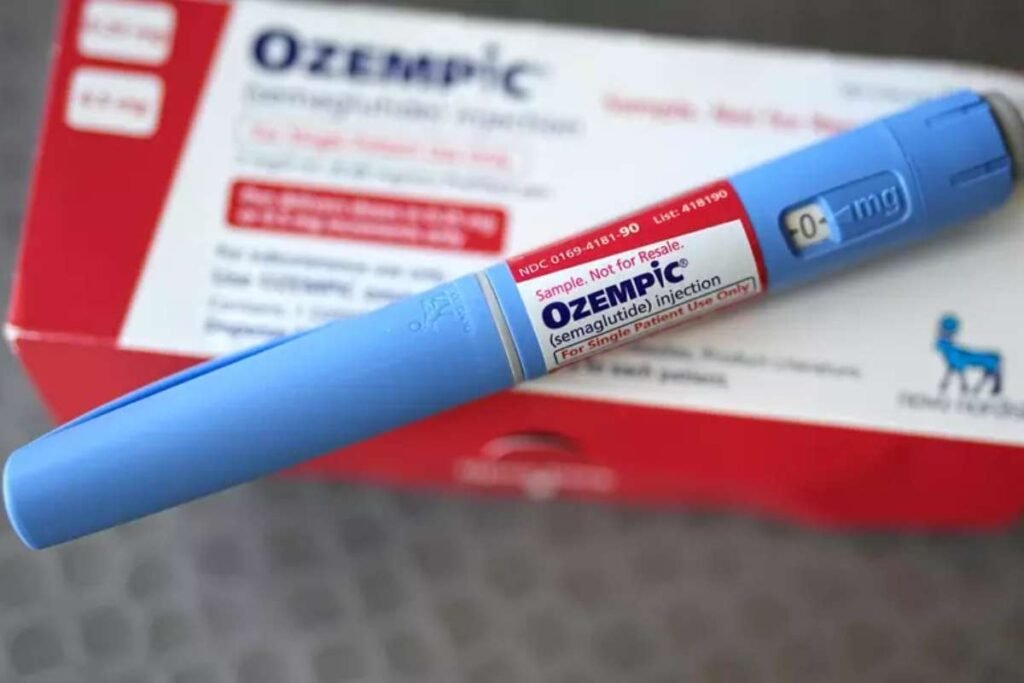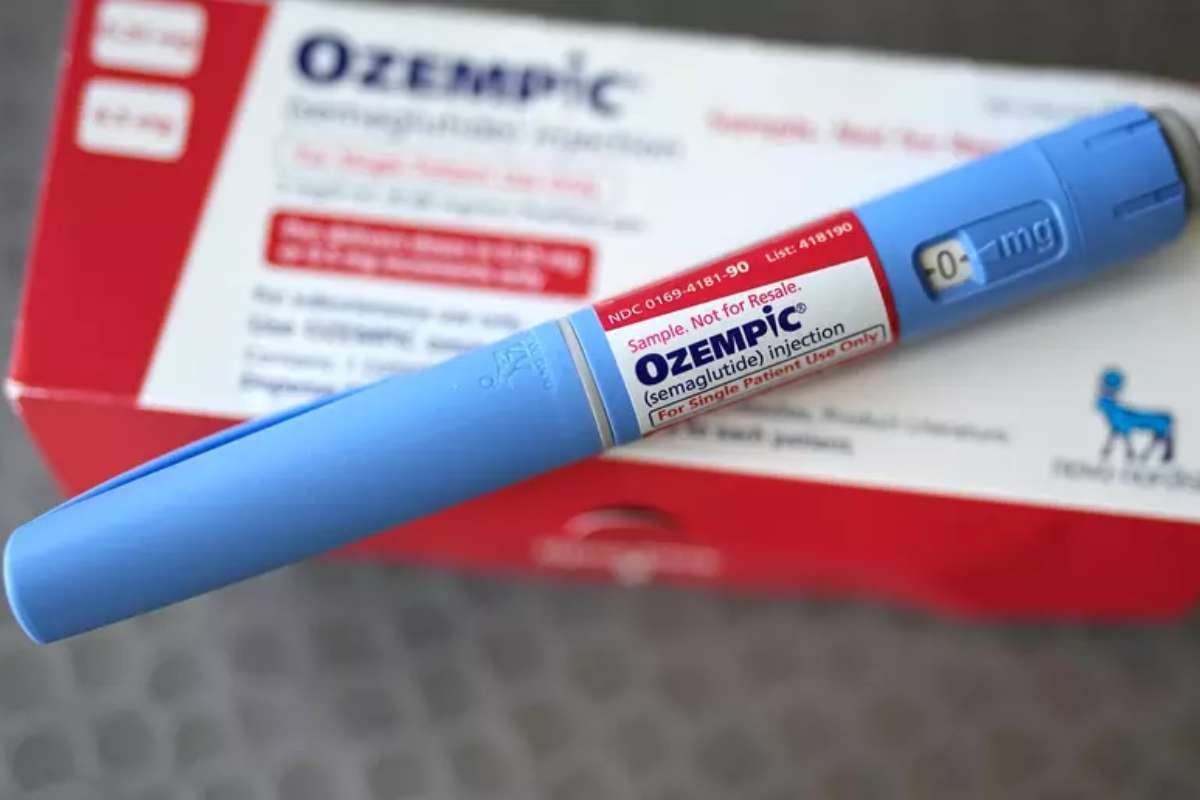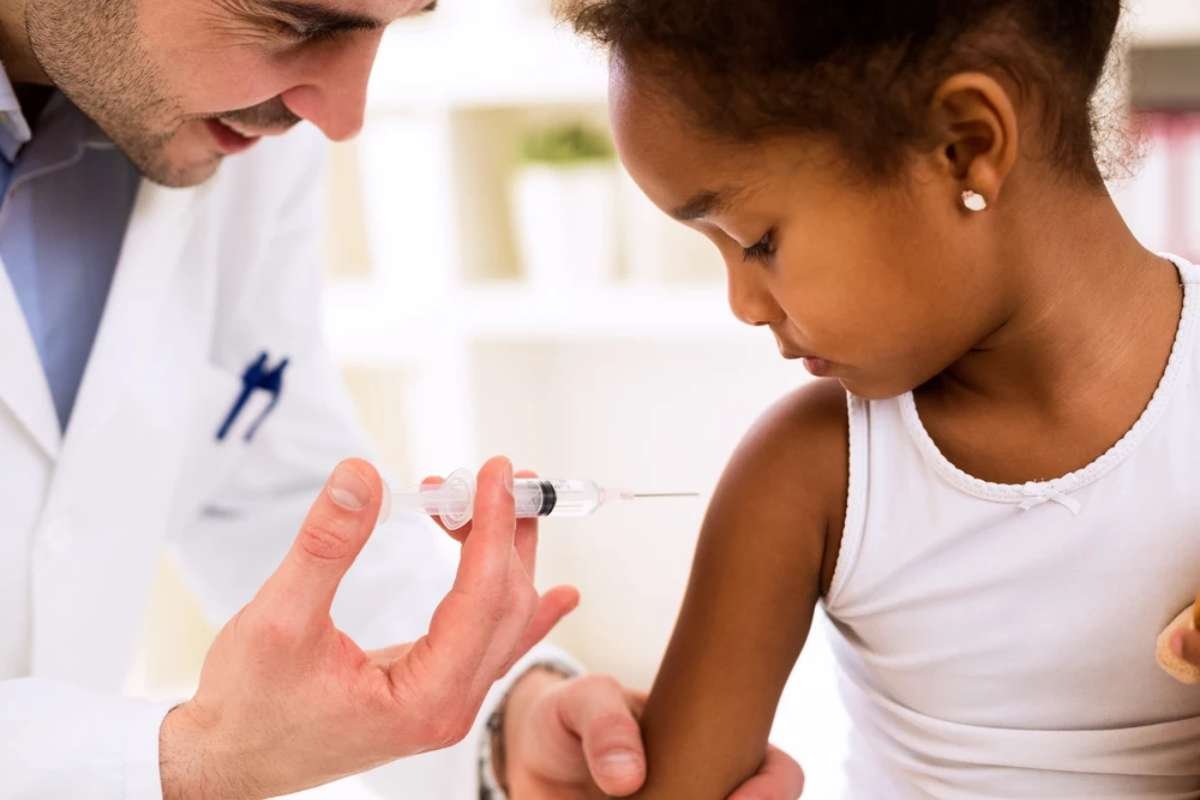WASHINGTON, D.C.—The US Obesity Rate has declined to 37.0% in 2025, down from a record high of 39.9% in 2022, according to new findings from the Gallup National Health and Well-Being Index. The drop represents about 7.6 million fewer obese adults compared with three years ago. At the same time, the national diabetes rate has risen to 13.8%, the highest level recorded since Gallup began measuring.
GLP-1 Weight Loss Drugs See Rapid Uptake
The decline in US Obesity Rate coincides with a sharp rise in the use of GLP-1 Weight Loss Drugs injectable drugs such as semaglutide, marketed as Ozempic and Wegovy, which were initially developed for Type 2 diabetes. The share of adults using these drugs for weight loss has more than doubled in the past year—from 5.8% in February 2024 to 12.4% in 2025.
Women are leading this shift, with 15.2% reporting GLP-1 Weight Loss Drugs use compared with 9.7% of men. Among those diagnosed with diabetes, 14.1% report using these drugs for weight management. Awareness of GLP-1 medications has also grown, rising from 80% to 89% nationally since early 2024.
The increased adoption of these drugs appears linked to modest but measurable declines in obesity. The rate among men dropped 2.3 percentage points to 35.2%, while the rate among women fell 3.5 points to 38.8%.
Obesity Declines Strongest in Middle Age Groups
US Obesity Rate have declined most among adults aged 40 to 64, the same groups reporting the highest use of GLP-1 injectables. Adults aged 40 to 49 saw their obesity rate fall 4.3 points to 43.3%, with 16.2% using GLP-1 Weight Loss Drugs . Those aged 50 to 64 saw a 5.0-point decline to 42.8%, with 17.0% currently taking the medication.
By contrast, obesity rates among the youngest adults and seniors remain largely unchanged. Among adults aged 65 and older, 11.1% report using GLP-1 drugs, but Gallup data show little corresponding reduction in obesity for this age group. Prior research indicates older Americans may experience less weight loss from these medications compared with younger users.
Gallup’s data are drawn from surveys of 16,946 U.S. adults conducted in 2025 through the probability-based Gallup Panel. Respondents self-reported their height and weight, which were used to calculate body mass index (BMI). While such self-reporting can produce slightly lower estimates than clinical measures, consistent methodology allows reliable trend comparisons over time.
Diabetes Continues to Climb Despite Weight Loss Gains
While US Obesity Rate have dropped, the U.S. diabetes rate continues to climb, now reaching 13.8%. This measure includes both Type 1 and Type 2 diabetes. Because diabetes is a lifelong diagnosis, short-term reductions in obesity are unlikely to reduce the overall prevalence in the near term.
Factors beyond body weight—such as physical inactivity, genetic predisposition, and racial or ethnic background—also contribute to diabetes risk. Health experts note that while GLP-1 Weight Loss Drugs medications support weight management, they are not a cure for other chronic conditions.
Broader Health and Policy Implications
Obesity in the U.S. had climbed more than 14 percentage points between 2008 and 2022, accelerated by lifestyle disruptions during the COVID-19 pandemic. The recent reversal may indicate early signs of stabilization, supported by wider access to pharmacological treatments.
Currently, 13 states fully cover GLP-1 drugs for obesity treatment under Medicaid, and legislative efforts are underway to expand access nationwide. Whether the current decline in obesity continues may depend on how broadly these drugs become available.
Public sentiment toward GLP-1 use is generally favorable. A recent Pew Research Center survey found that 53% of adults view weight loss drugs as appropriate for people with obesity or weight-related health conditions. However, 62% believe they should not be used by individuals without such conditions, suggesting some stigma persists.
Experts emphasize that medical treatments alone are not sufficient. Gallup’s 2023 data show declines in physical activity and healthy eating habits compared with 2019. Sustained progress in national health outcomes will likely require combining medical innovation with improved daily routines and preventive care.
Also Read :- WHO Adds GLP-1 Weight Loss Drugs to Essential Medicines List for First Time









